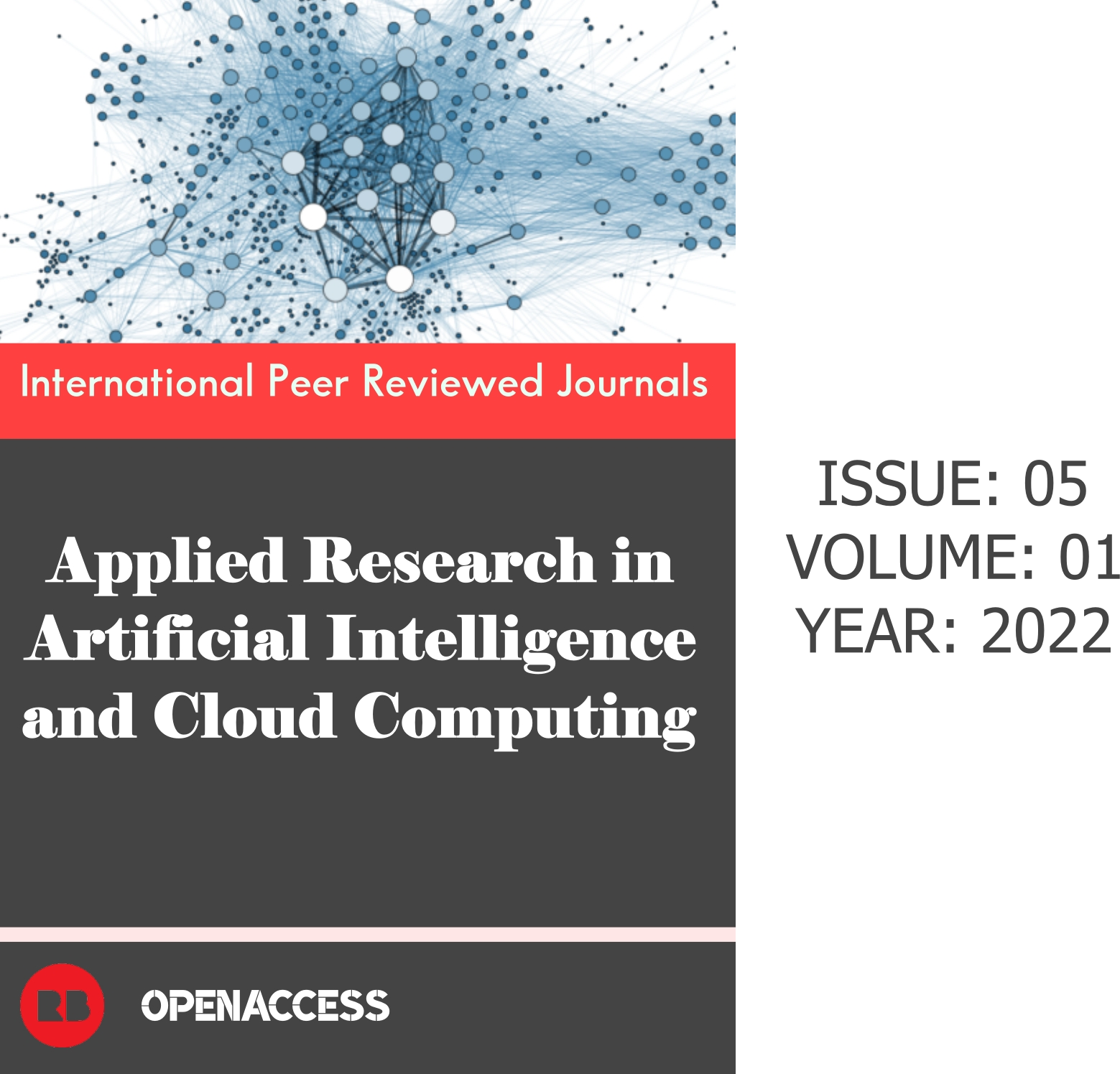Integrating Vehicle-to-Grid Technologies in Autonomous Electric Vehicle Systems
Keywords:
Vehicle-to-Grid (V2G), Autonomous electric vehicles (EVs), Energy storage, Grid optimization, Renewable energy integrationAbstract
Electrochemical Vehicle-to-Grid (V2G) technologies in autonomous electric vehicles (EVs) offer immense potential to revolutionize energy management and optimize the utilization of EVs. By enabling bidirectional energy flow between EVs and the electric grid, V2G allows EVs not only to consume electricity but also to contribute power back to the grid when necessary. When combined with autonomous capabilities, V2G can provide even greater benefits and flexibility. This research abstract highlights key points concerning V2G technologies in autonomous EVs. Firstly, autonomous EVs equipped with V2G technology can function as mobile energy storage units, aiding in grid stabilization and balancing high electricity demand. Secondly, V2G-enabled autonomous EVs can participate in demand response programs, optimizing charging schedules to off-peak hours and reducing strain on the grid during peak demand. Moreover, V2G facilitates the integration of renewable energy sources by allowing autonomous EVs to store and inject excess renewable energy into the grid when needed. Furthermore, V2G-enabled autonomous EVs act as backup power sources during emergencies or power outages, ensuring uninterrupted electricity supply to critical infrastructure. By participating in V2G programs, autonomous EV owners can generate revenue by selling stored energy to the grid and providing grid services, offsetting EV ownership costs. Additionally, autonomous EVs with V2G technology can intelligently manage their charging and discharging based on factors like electricity prices, grid demand, and user preferences, thereby optimizing energy usage and reducing charging costs. While the widespread adoption of V2G technologies in autonomous EVs hinges on infrastructure development, standardization, regulatory frameworks, and user acceptance, their integration is poised to play a significant role in future sustainable energy and transportation systems. As autonomous and electric vehicle technologies continue to evolve, V2G capabilities hold tremendous promise in transforming energy management, promoting grid reliability, and maximizing the benefits of EVs for both consumers and the grid.

Downloads
Published
How to Cite
Issue
Section
License
Copyright (c) 2022 Applied Research in Artificial Intelligence and Cloud Computing

This work is licensed under a Creative Commons Attribution-NonCommercial-NoDerivatives 4.0 International License.




